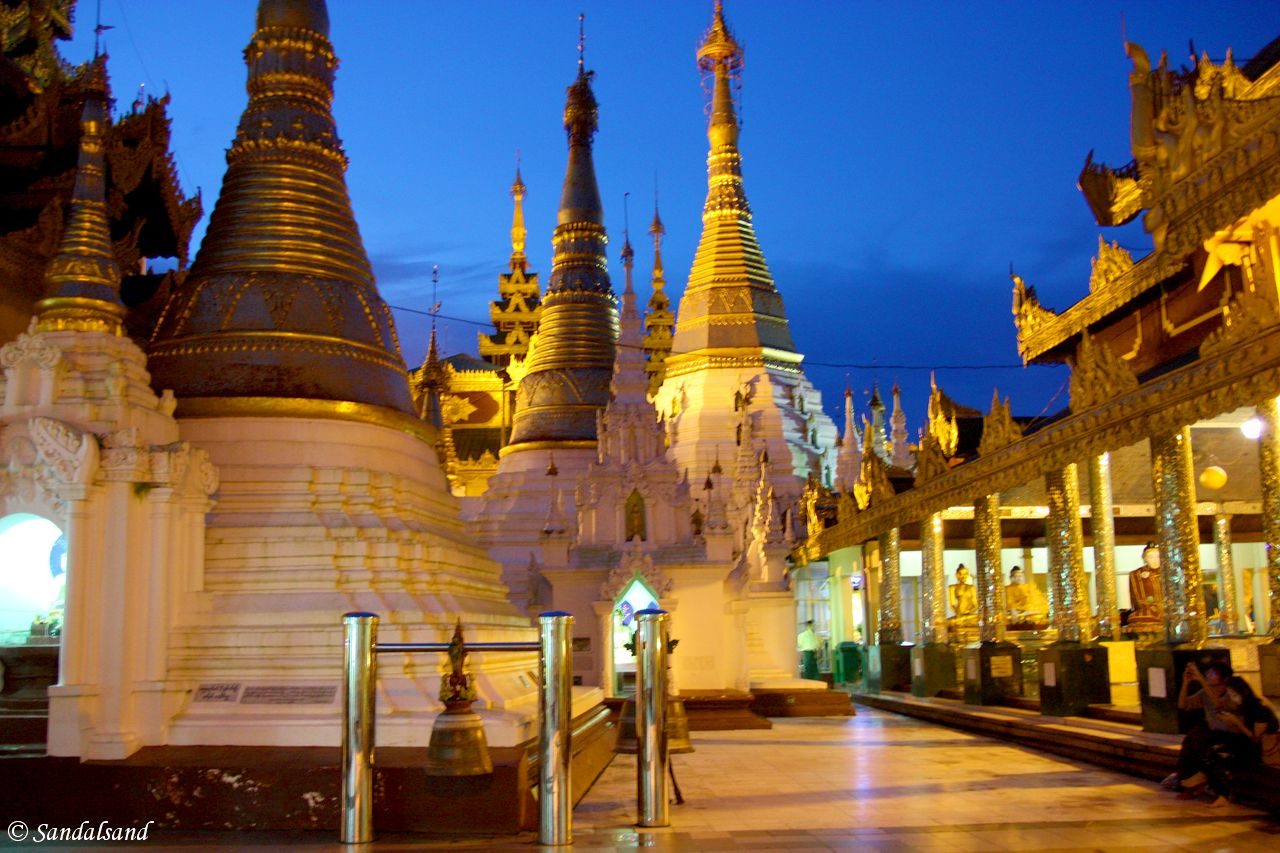This is an introduction to a series of articles presenting religious buildings in a wide definition of the term. They are based on my own visits.
Introduction
Religion has played an important role in the history of mankind. A wide definition of the term states that “religion is an organised collection of beliefs, cultural systems, and world views that relate humanity to an order of existence”, or simply a “cultural system”.
With such a definition, religion clearly has a pervasive impact on the lives of all people on this planet, not only in historic times but also today.
Some would prefer a more narrow definition, taking into account that there should be some sort of deity involved. In such a view, religion deals with respect for what is sacred, and not least a reverence for the gods.
Scene from the Banteay Srei Temple in Angkor, Cambodia
Sure, religions as the Western world knows them, are about one or more gods. There are some famous extinct polytheistic systems like the Norse, Greek and Roman religions. The monotheistic Abrahamic religions (Judaism, Islam and Christianity) are alive and have a large number of followers. On the other hand some religions would assert there is a deity in everything natural, even a piece of rock. Others, like Buddhism, does not lay claim on there being a God – religion is about the human being rising through the seven heavens himself or herself, to ultimately reach pure enlightenment in Nirvana.
Religion permeates almost every aspect of life, from birth to death. Physical ceremonies related to burial, marriages, prayers and offerings are common. Non-physical norms and thought patterns are also part of a religion. It goes without saying that religions throughout history have produced a number of lasting physical objects, like buildings and monuments.
Hallway and courtyard in the Monastery of Batalha, Portugal
Religious buildings
This is what this series is about, different aspects of the term “buildings”. There are basically four themes which will be explored.
- Places of worship
- Monasteries and educational institutions
- Housing for the deity itself or its premier representatives
- After death
There are five articles on places of worship: (Series article number 2) Christianity, (3) Islam, (4) Buddhism, (5) Other contemporary religions, and (6) Extinct religions.
The subsequent article deals with another type of religious buildings, (7) Monasteries and educational institutions. Such buildings or building complexes may contain one or more places of worship as well, but there is an important primary function in these buildings, and that is to educate the practitioners and leaders of the religion.
The Ayeyarwady River in Mandalay, Myanmar. Seen from the Soon U Ponya Shin Paya on Sagaing Hill
The third type of themes in this series about religious buildings is found in chapter 8. It is about places where it is believed that the God himself has lived, or at least his primary earthly representative.
Coming up as the fourth theme are four articles about cemeteries, or more precisely the buildings or plots of land associated with the bodily remains of a deceased member of the religious community. We start with (9) cemeteries as final resting places of which some (10) burial sites are so important that they have been designated as World Heritage Sites.
An aspect of securing longevity in some form is the practice (11) of taking care of human remains (relics). The last chapter (12) deals with special memorials, where actually no particular dead persons are laid to rest.
Now, that is the introduction to this series. Let us have a first look at the first theme, places of worship.
Places of worship
Humans have built places of worship for thousands of years. In some places they used the building materials in the near area, be it wood or rock. At Stonehenge the locals did the opposite. They brought the “mountain to Muhammad”, dragging the huge boulders from far away.
Stonehenge in England
Others made it, in a way, easier for themselves at least in prehistoric or early historic times. The people on two famous sites decided they might as well carve the structures straight into the mountains. One example is the World Heritage Site of Göreme (Turkey) where the early Christians took advantage of the natural conditions of the porous rocks to dig 365 churches in addition to places of residence.
Further south in Petra (Jordan) The Nabateans’ hammering in the mountains was probably also in part for religious reasons, but was not limited to it. This area was their place of residence at the time and they cut, carved or dug all sorts of buildings in the hills.
Read more
All chapters in this series about Religious Buildings.
(1) Introduction
Theme I, Places of worship:
(2) Christian places of worship
(4) Buddhist places of worship
(5) Other contemporary places of worship
(6) Places of worship for extinct religions
II, Monasteries and educational institutions:
(7) Monasteries and educational institutions
III, Housing for the deity itself or its premier representatives:
(8) Houses for the deity or its premier representative on Earth
IV, After death:
(9) After death – Cemeteries as final resting places
(10) After death – Burial sites as World Heritage Sites
(11) After death – Taking care of human remains
(12) After death – Special memorials, with no identified dead persons


